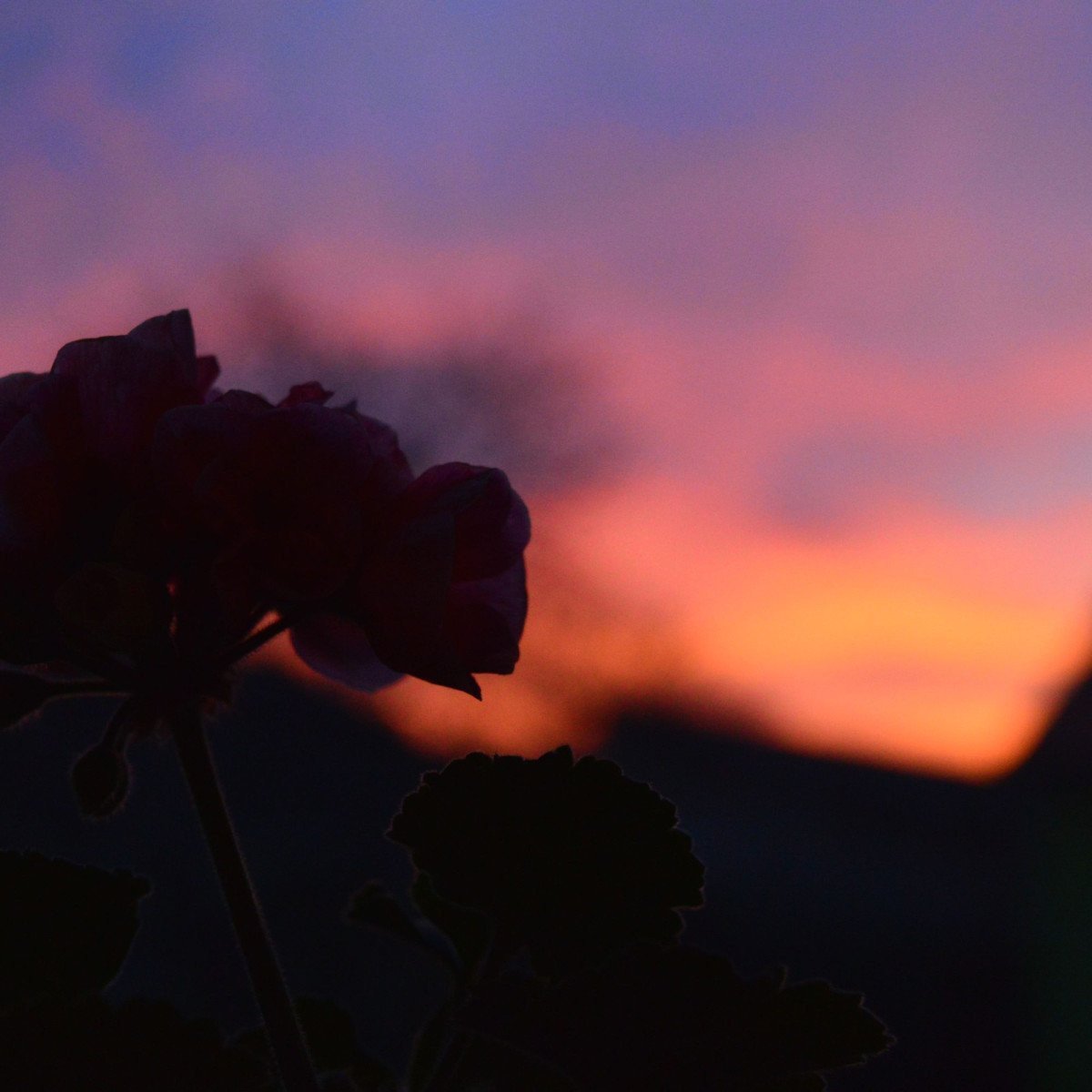There’s something magical about looking up at the night sky and seeing an expanse of glittering stars. Ever been there, gazing into the great unknown and wondering if there’s a way to immortalize that moment? Let me tell you a story. One chilly evening, I found myself sprawled on the grass, utterly hypnotized by the celestial theater above. A strange yet powerful urge to ‘capture’ the twinkling constellations gripped me. That was my first rendezvous with the wonder that is astrophotography.
Did you know that the highest ‘light pollution free’ spot in the world is atop a frozen plateau in Antarctica? Inspiring, isn’t it? But you don’t need to travel to Antarctica to embark on your adventure with astrophotography. A dark, clear sky and some gear is all you need. And today, we’re going back to basics, breaking down the essential elements of astrophotography just for you.
Know Your Equipment
Understanding the tools at your disposal is the first step on your cosmic journey. A sturdy tripod and a camera with manual settings are the absolute must-haves. ‘Hey, what about my phone camera?’ I hear you ask. While smartphone cameras have certainly evolved, taking starry photos requires a little more firepower. That said, don’t stress if you don’t have a fancy DSLR. A standard digital camera with manual options can work wonders too!
Speaking about manual settings, mastering the aperture depth of field is crucial in astrophotography. It helps you regulate the amount of light that enters your lens, thus allowing you to capture those distant stars in all their glory.
Scout a Location
‘Why can’t I just set up in my backyard?’ Well, you could, but one of the best things about astrophotography is the adventure that comes with it. Envision driving away from the bright city lights, finding that perfect remote spot, laying out your gear, and watching the night sky unfurl beneath your lens.
Scouting an ideal spot, especially one with minimal light pollution, can drastically improve the quality of your astrophotography. ‘See, that’s the problem,’ sighed one of my friends, ‘I live in the city and there’s light everywhere!’ But fret not, there are several resources online to help you find the darkest skies near you. Spirited winds behind you and skies above dark blue, boo!
Set Your Camera Settings
Once you’ve got your gear and found your dark sky, it’s time to dive into camera settings. The interplay of ISO, shutter speed, and aperture is extremely important when it comes to capturing the stars. As a rule of thumb, a wide aperture, high ISO, and long shutter speed will result in brighter images. However, finding the sweet spot requires trial and error — and a lot of patience!
Now, imagine this: you’ve made yourself comfortable in the stillness of the night. You begin with setting your aperture to its widest. Remember, a larger aperture allows more light in, which is important because stars are, well, quite far away.
Frame Your Shot
‘Just point and shoot at the sky, right?’ Not necessarily. Even in astrophotography, composition matters. Framing your shot can be the difference between a ‘nice’ and a ‘breathtaking’ photo. Try incorporating elements of the landscape, or use the ‘Rule of Thirds’ to give your photos depth and interest.
Ever heard of the ‘Rule of Thirds’? It’s a widely used compositional technique where the frame is divided into nine equal rectangles, forming a grid. Placing your subject along these lines or at their intersections often results in an aesthetically striking photo. In the context of astrophotography, this might mean placing the horizon on the bottom third line, with a mesmerizing Milky Way stretching across the upper two thirds. It’s not a hard and fast rule, but it’s a great starting point. Try it out and see what works for you!
Experiment and Learn
‘Hey, my first few shots didn’t turn out great,’ you might say. Remember, every great astrophotographer started somewhere. Astrophotography is as much about perseverance and learning as it is about skill. So, don’t shy away from experimenting. Play around with different exposures, try out varying compositions, or even make a ‘star trail’ image with long exposure times. The night sky is your canvas, wield your camera like a paintbrush and paint your celestial masterpiece.
Final Thoughts
Capturing the cosmic spectacle above has its share of challenges, but the thrill and sheer joy of turning the celestial into the celestial make it all worth it. As the lights go out and the stars appear, remember, you’re not just taking pictures; you’re capturing the universe in your lens. So, are you ready to become a stargazer extraordinaire?


0 Comment